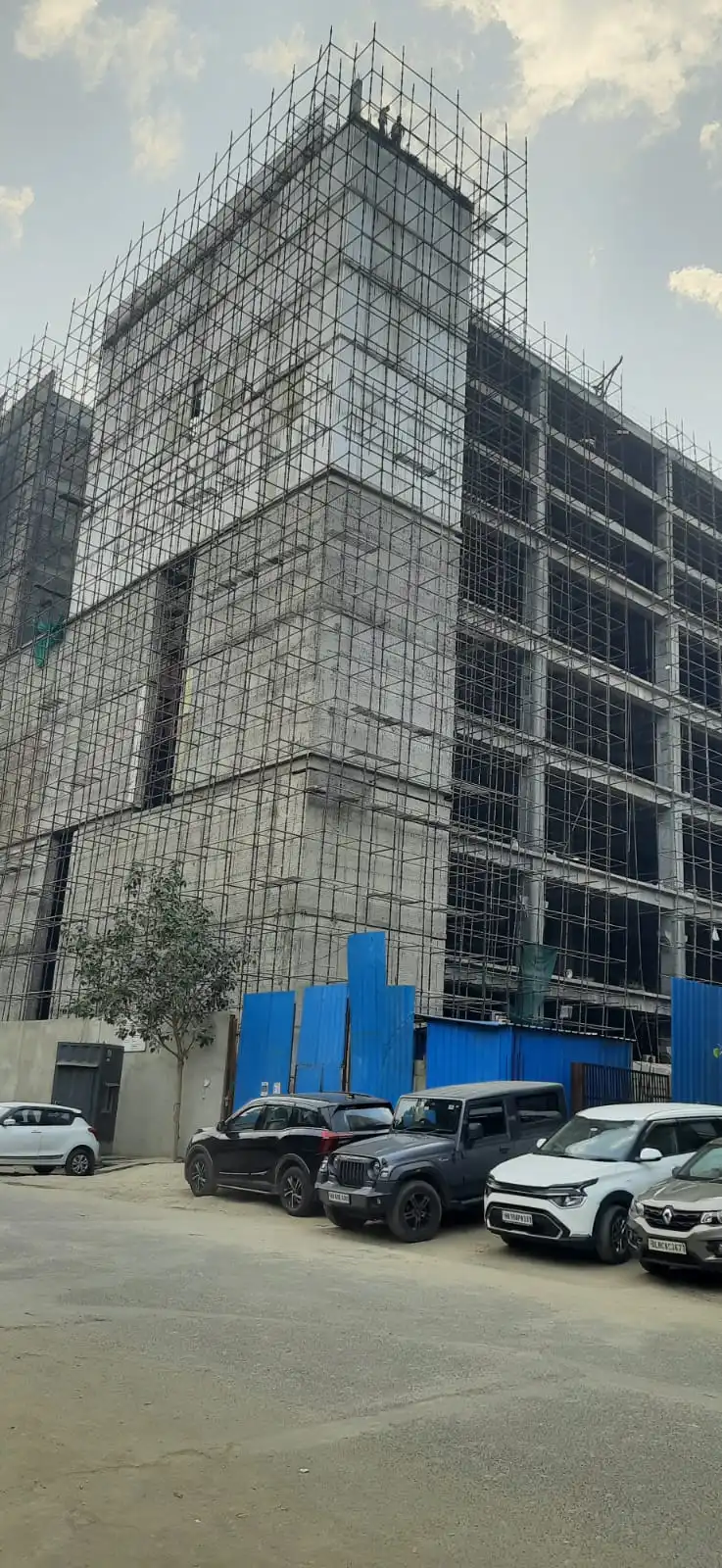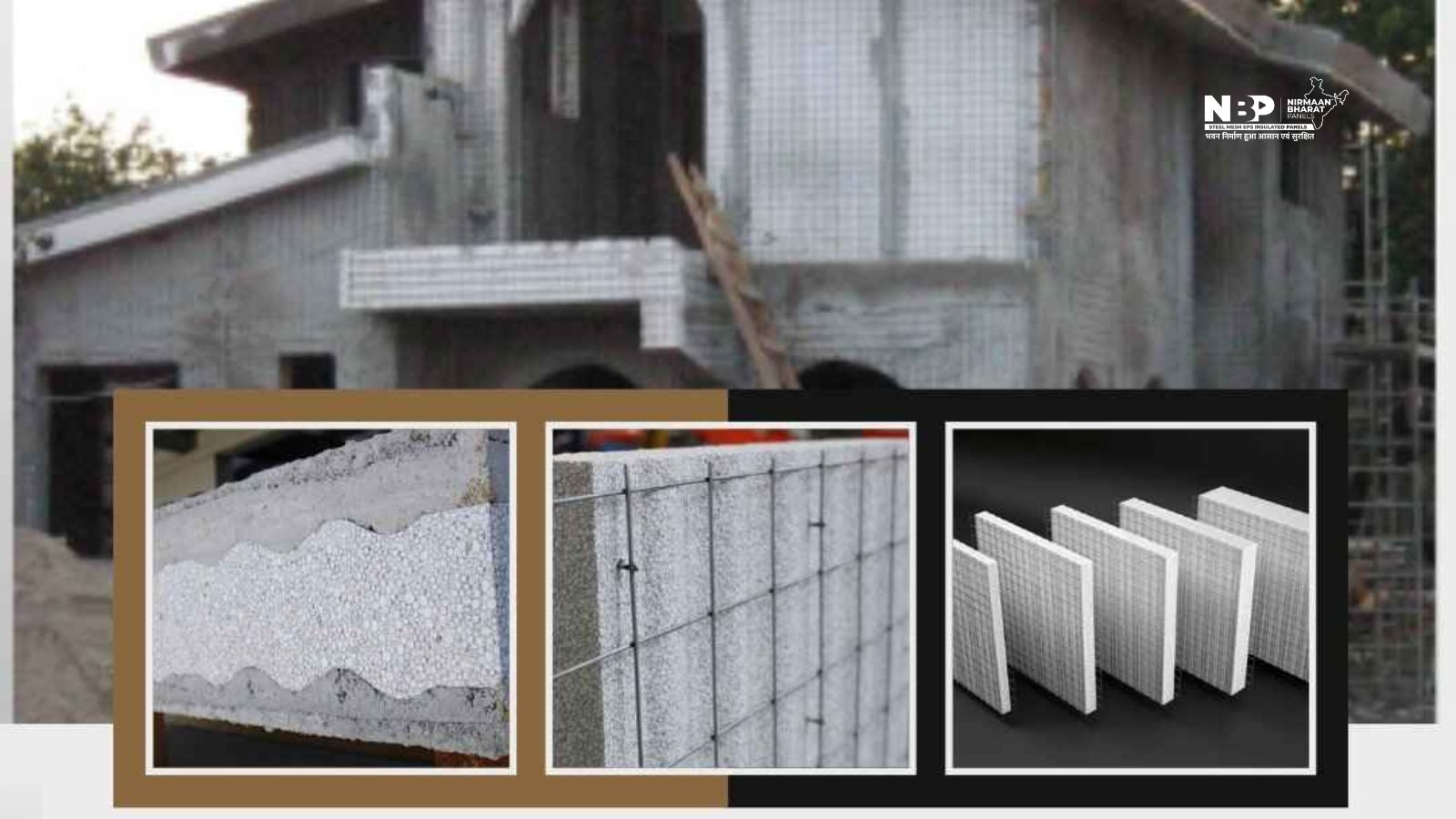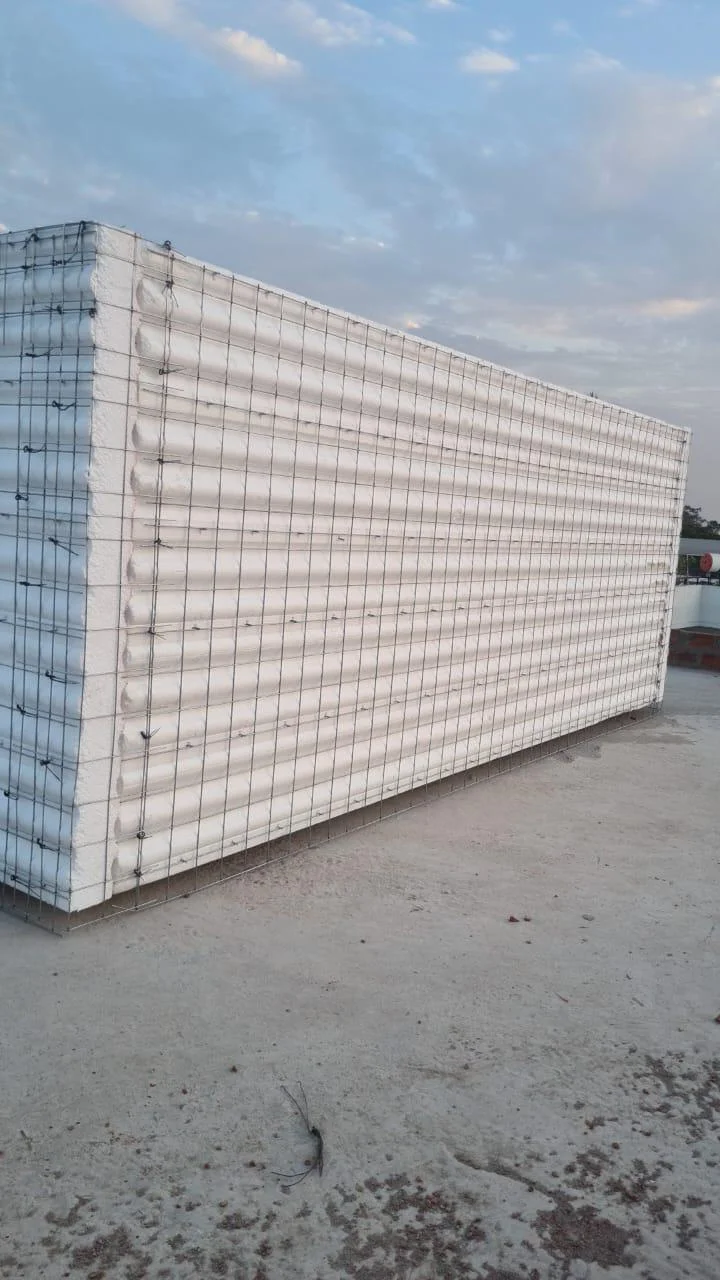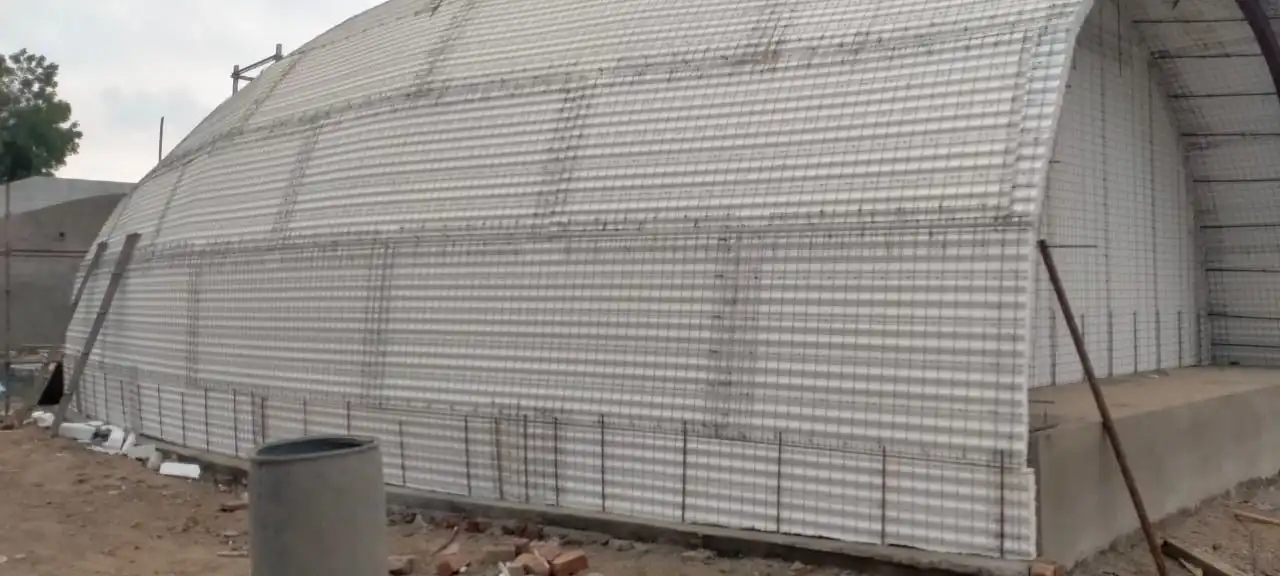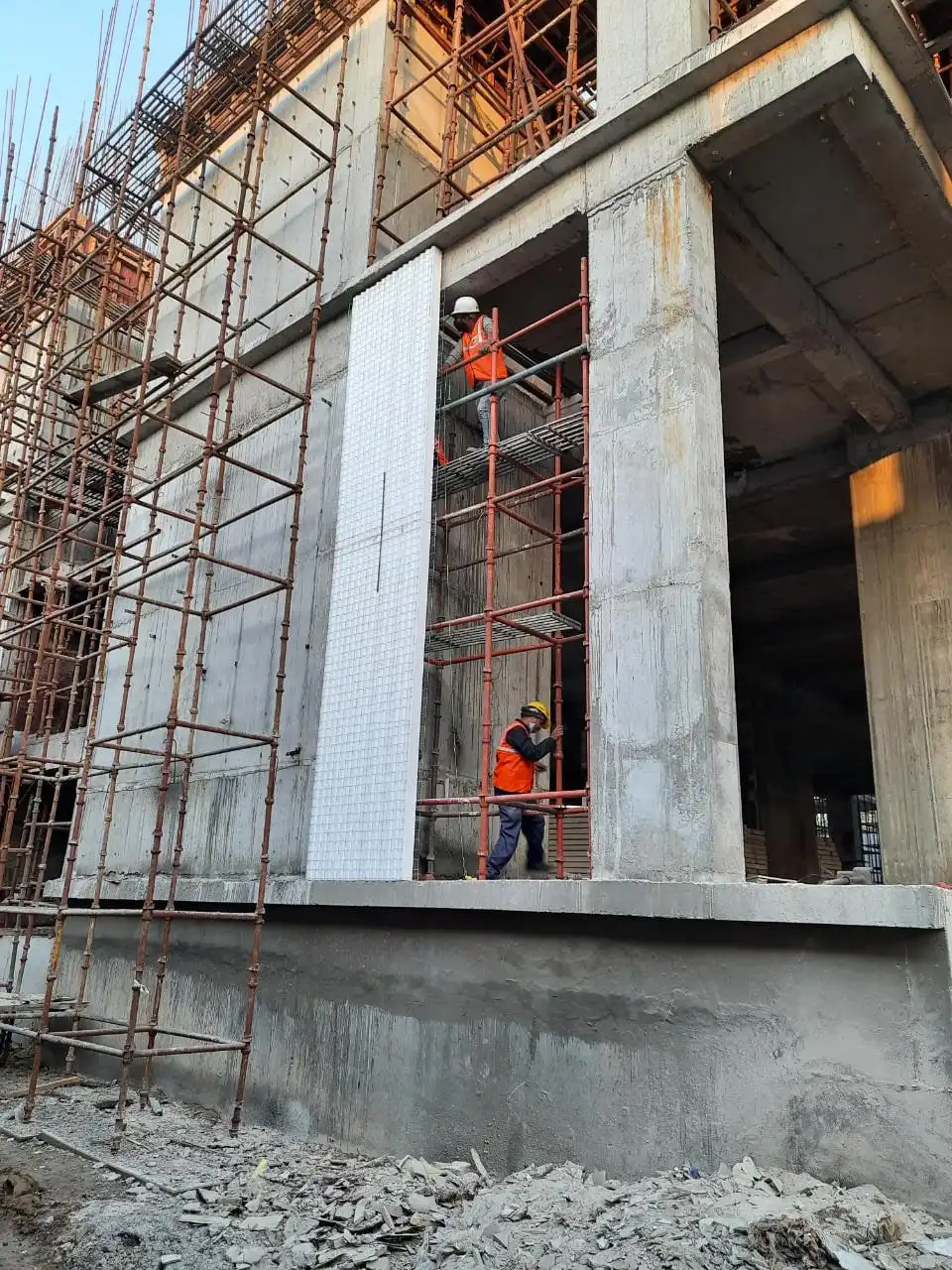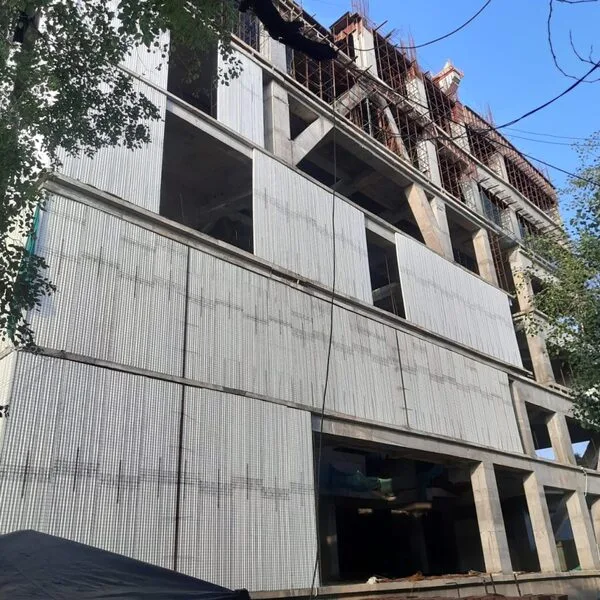Reinforced EPS (Expanded Polystyrene) structural panels have gained popularity in construction due to their durability, insulation properties, and ease of installation. These panels offer a versatile solution for building sturdy structures, but like any material, they require proper maintenance and occasional upgrades to ensure their longevity and performance.
Table of Contents
ToggleUnderstanding Reinforced EPS Structural Panels
Reinforced EPS panels consist of foam insulation sandwiched between two structural facings, typically made from materials like oriented strand board (OSB) or other composite materials. This composition provides strength, rigidity, and excellent thermal insulation properties.
Maintenance Tips
Regular Inspections:
Conduct routine inspections to identify any signs of wear, damage, or water infiltration. Look for cracks, dents, or disintegration in the panels. Addressing issues early prevents further deterioration.
Cleaning:
Keep panels clean from dirt, debris, or any substances that might degrade the material. Use gentle cleaning solutions and avoid harsh chemicals that could damage the surface.
Sealing Gaps:
Ensure all joints, seams, and gaps between panels are properly sealed to prevent water ingress or air leaks. Use appropriate sealants recommended by manufacturers to maintain structural integrity.
Protection from Weather:
Protect EPS panels from prolonged exposure to harsh weather conditions, as excessive moisture or UV exposure can degrade the material. Consider adding a protective coating or covering to shield the panels.
Pest Control:
Regularly inspect for signs of pest infestation, especially in areas where the panels meet other structures. Take preventive measures to avoid damage caused by insects or rodents.
Upgrading Strategies
Reinforcement:
Consider reinforcing panels in high-stress areas or where additional structural support is needed. Consult with a structural engineer to identify the best reinforcement methods without compromising the insulation properties.
Improved Insulation:
Enhance thermal performance by adding an extra layer of insulation or opting for panels with higher insulation values. This upgrade can contribute to energy savings and increased comfort within the building.
Surface Refinishing:
Refinish or repaint the external facings of the panels to improve aesthetics and protect against weathering. Choose coatings specifically designed for EPS panels to ensure compatibility.
Integration of New Technologies:
Explore incorporating smart technologies or energy-efficient systems into the panels for improved functionality. This may include integrating solar panels or sensors for monitoring purposes.
Structural Modifications:
If expanding or altering the building structure, evaluate the feasibility of integrating the existing EPS panels with new construction. Properly planned modifications can maintain structural integrity while accommodating changes.
Conclusion
Reinforced EPS structural panels offer numerous advantages in construction, but proper maintenance and occasional upgrades are essential for maximizing their lifespan and performance. Regular inspections, timely repairs, and strategic upgrades play a crucial role in preserving these panels’ integrity and ensuring they continue to deliver optimal results in construction projects for years to come. By following these tips and best practices, builders and property owners can maintain a high standard of quality and functionality for their EPS structural panels.


